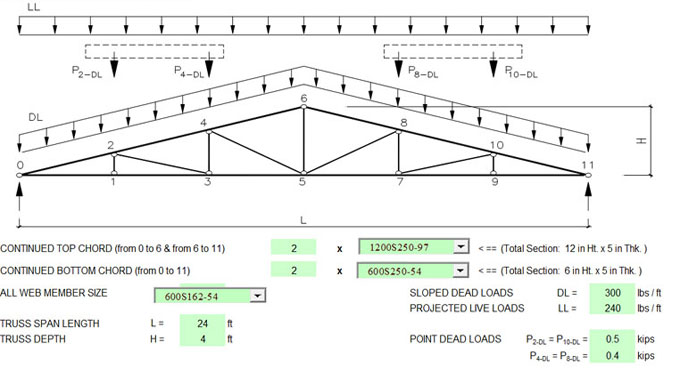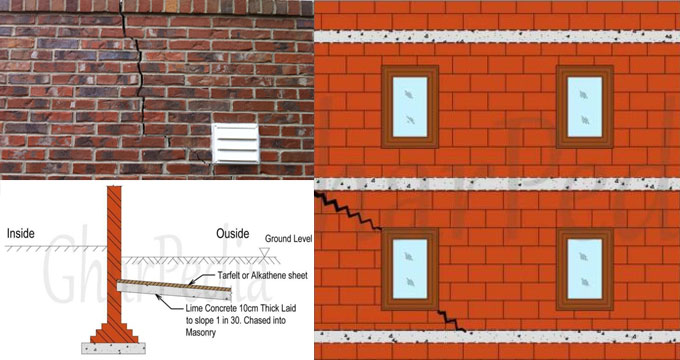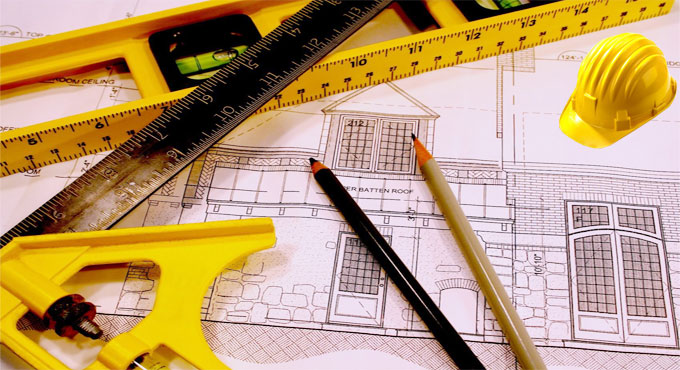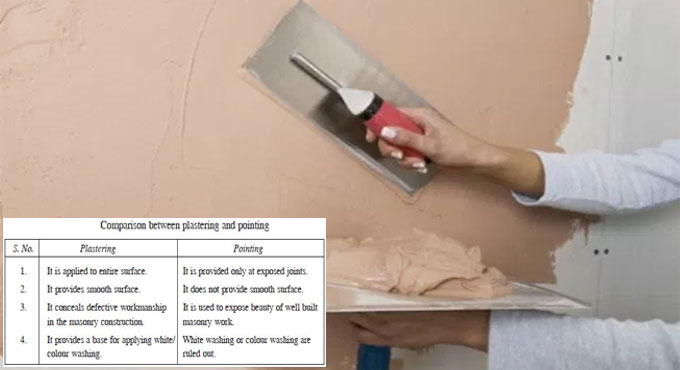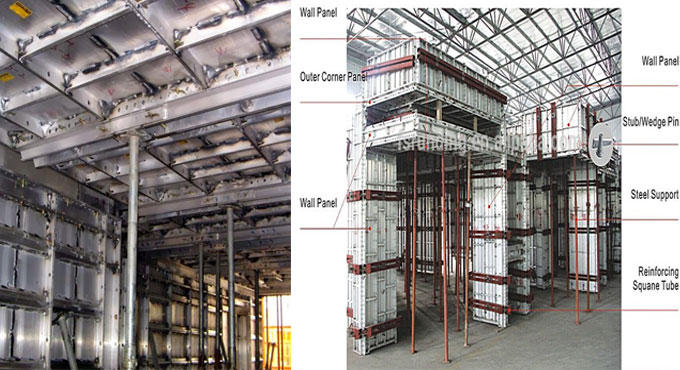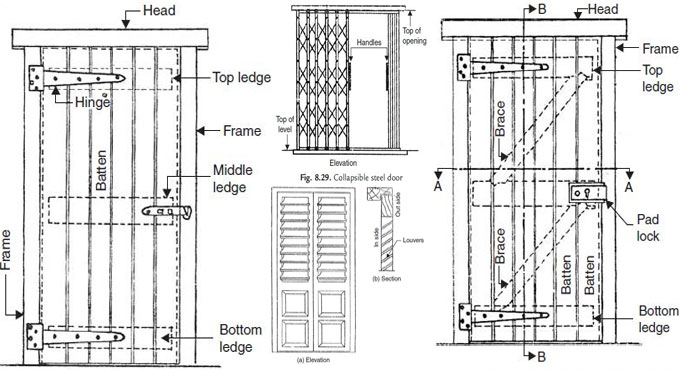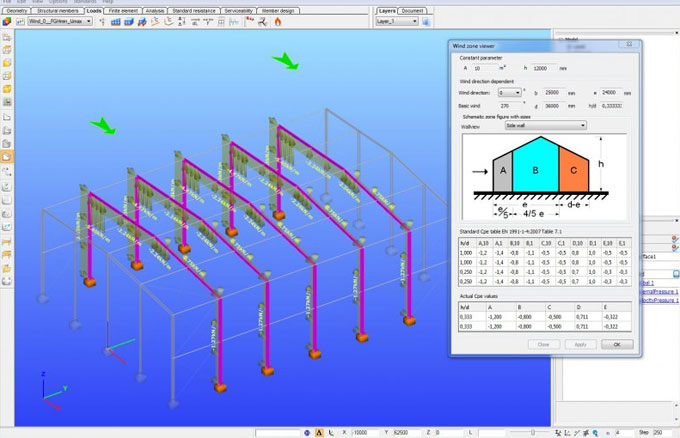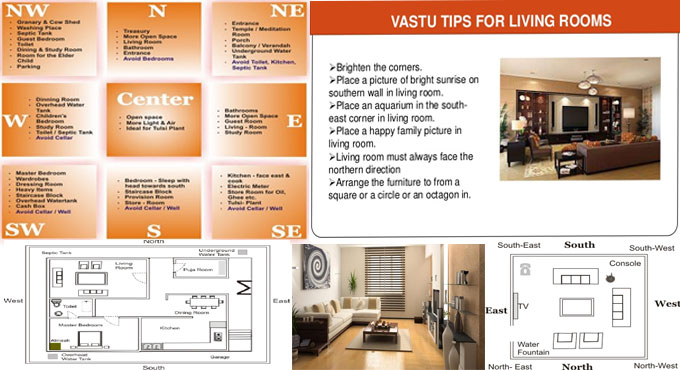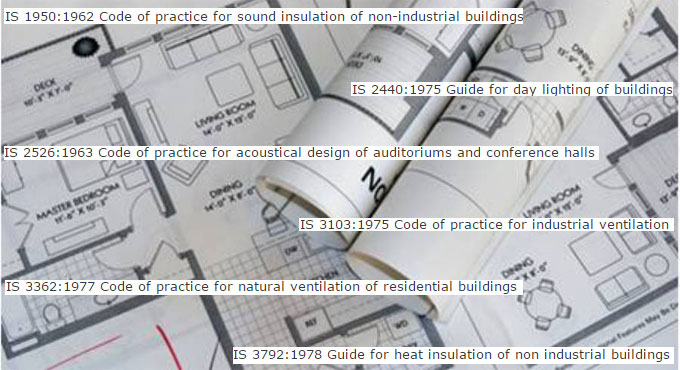Slip forming alias continuous poured, continuously formed, or slipform construction stand for a construction process in which concrete is poured into a constantly moving form. Slip forming is employed for high structures (like bridges, towers, buildings, and dams), as well as horizontal structures, like roadways.
Under the slipforming method, the formwork is shifted ceaselessly in sync with the concreting method in a 24-hour operation. The formwork along with the working platform and the hanging scaffold lifted inwardly or on both sides, is attached to the jacking rods in the center of the wall. The lifting jack that runs with hydraulic oil increases the formwork by 15 to 30 cm per hour on the basis of the temperature. The jacking rods are set in pipe sleeves at the top and are supported with the concrete that is already solidified. The rods and sleeves are also expanded endlessly. Mainly, the specialist contractors perform these work completely.
Slipforming is a rapid and well-organized method. The method is specifically applicable for simple, stable ground plans and following high structures:
High bay warehouses, silos§
Tower and chimney structures§
Shaft structures§
As the height of the formwork is normally around 1.20 m and per hour production rate is 20 to 30 cm, the concrete beneath is 4–6 hours old and should be sufficiently rigid to carry its own weight (green strength). Though, it should not have arranged adequately for some of it to fix to the rising formwork (“plucking”). The main purpose of slipforming devoid of any issue is to start concreting all areas at the same level all together, and then perform the setting of these layers all at once. So, the temperature plays an important role together with the need for the constantly optimum w/c ratio.
Composition:
Aggregate 0–32 mm, or 0–16 mm for close reinforcement§
Despite the fact that slipformed concrete is primarily crane handled concrete, the fines content should be as for pumped concrete§
Cement Min 300 kg/m³§
CEM I 42.5 for close reinforcement and large dimensions, CEM I 52.5 for smaller dimensions (towers, chimneys)§
Workability: The best workability is achieved if a stiff plastic concrete contains a flow diameter of 35–40 cm and a low water content. Note particularly that a wall thickness below 14 cm can create a issue (plucking, anchorage of jacking rods etc.). The newly struck surfaces should be safeguarded as much as possible against wind, sunlight etc.
~~~~~~~~~~~~~~~~~~~~~~~~
Published By
Rajib Dey
www.constructioncost.co
~~~~~~~~~~~~~~~~~~~~~~~~
